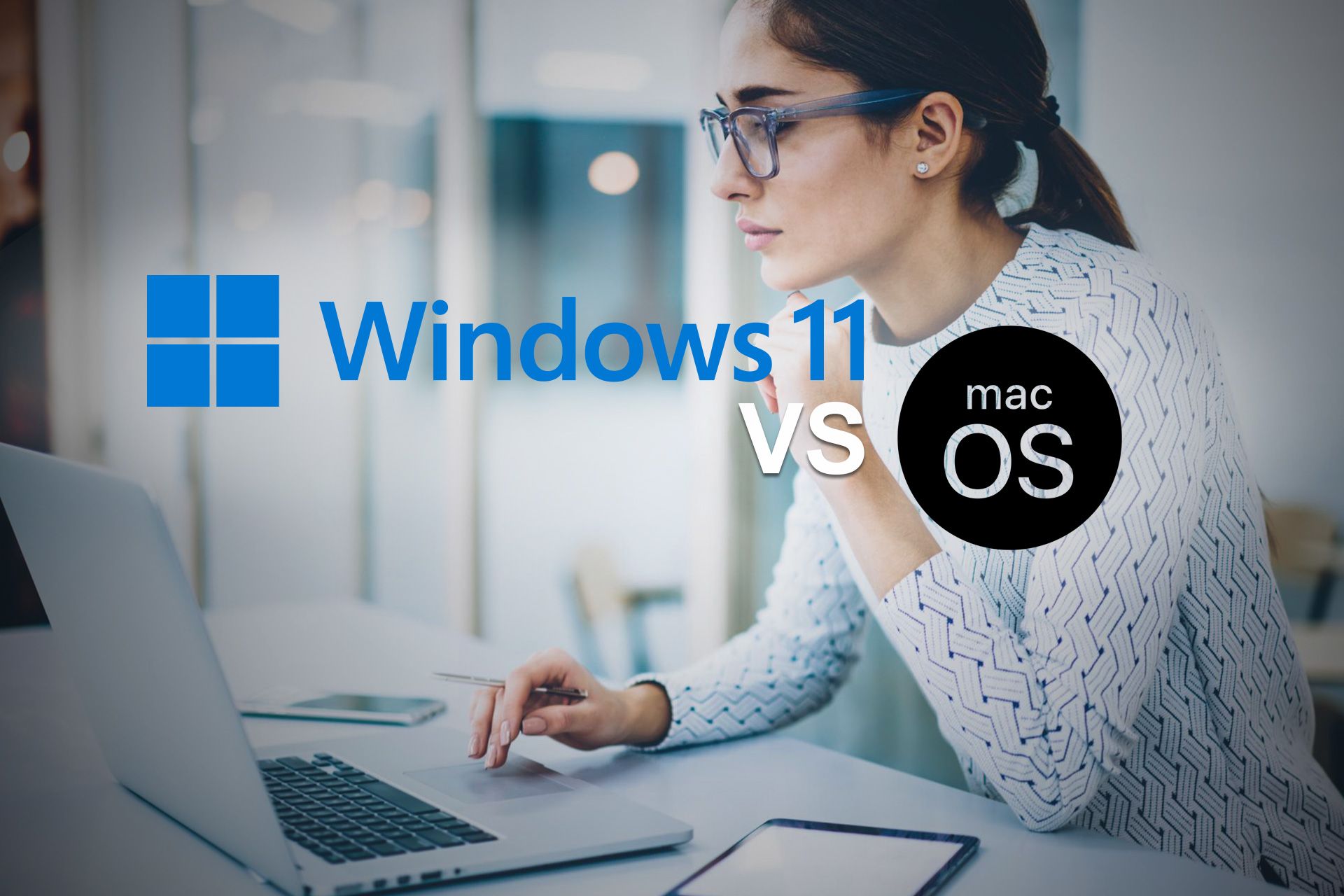

- Mac vs windows for job mac os x#
- Mac vs windows for job install#
- Mac vs windows for job update#
- Mac vs windows for job windows 10#
To further replicate the Mac OS X GUI in Windows 10, add OS X icons to the desktop.
Mac vs windows for job windows 10#
Click Grid from the Stack Type drop-down menu and press Edit this stack’s shortcut to switch it to that as shown below.Īdding Mac OS X Icons and Wallpaper to the Windows 10 Desktop
You can switch the vertical stack to grid by right-clicking its pinned taskbar icon and selecting Edit this stack. Grid is another stack type you can select from the Create a new 7stack window. Click anywhere outside the stack to close it. It opens as a vertical stack from which you can open files and subfolders. Now click the pinned folder stack on the taskbar to open it as shown directly below. You can delete the folders from the desktop after pinning them to taskbar. Next, you should right-click the stack folder on the desktop and select Pin to taskbar. Click Create a Shortcut on Desktop button to add the folder to desktop, and click Close to close window. Then select Vertical Stack from the Stack Type drop-down menu.

Then open the Create a new 7stack window below.Ĭlick the … button for the Folder to use for stack text box to choose a folder to stack.
Mac vs windows for job install#
That’s a program which replicates Mac OS X stacks in Windows, and you can save its setup and install it from this Softpedia page. Windows 10 doesn’t really have anything comparable for the taskbar, but you can add folder stacks to it with 7stacks. Open Document.Mac OS X users can stack folders on the Dock so they can open their contents in a stack or grid by clicking them. Saving and opening documents is outside the scope of this tutorial, so you’ll make some changes to disable this behaviour and avoid any confusion in functionality. You’ll find the empty implementation of data(ofType:), for writing to files, and read(from:ofType:) for reading from files. However, this is one of the things you need to complete for yourself in a subclass. The document architecture provides built-in mechanisms for saving/opening documents. Here’s a chart that shows how these classes work together: NSDocumentController: Manages all of the document objects in the app.NSWindowController: Manages a window in which a document is displayed.NSDocument: Creates, presents and stores document data.These are the roles of each primary class: The other two major classes in the document architecture are NSWindowController and NSDocumentController. NSDocument is an abstract class, which means that you always create a subclass of it because on its own it does not provide enough functionality to work. It can be written to or read from a disk or iCloud. Document ArchitectureĪ document is an instance of the NSDocument class that acts as the controller for the data or model in memory – you can view this model in a window. Now you’ve seen it in action, let’s take a few minutes to see how a document based app works. All the new documents are positioned in the same place, so you’ll only see the top document until you drag them around. To open more documents, select File / New (or press Command-N). Make sure that Create Document-Based Application is checked, that the Document Extension is set to “babyscript”, and the rest of the options are unchecked.īuild and run, and you will see this window: In the next screen, fill out the fields as indicated below. Select macOS / Application / Cocoa Application, and click Next. Launch Xcode, and choose File / New / Project…. If you’re not familiar with any of the above, you can brush up with some other tutorials in the Getting Started section of the macOS tutorials page. The First Responder and the responder chain.The latest Xcode, and in particular, storyboards.However, you will need some basic knowledge of the following topics: In this tutorial, you’ll create BabyScript, a multi-window document-based app inspired by TextEdit. The third component of the MVC paradigm, the model layer, varies according to your app type and design. In a well-designed app, you typically see a one-to-one relationship between a window and its controller. In Cocoa, a window is an instance of the NSWindow class, and the associated controller object is an instance of the NSWindowController class. Regardless of which category an app falls into, nearly every macOS app makes use of the Model-View-Controller (MVC) relationship, a core design pattern. Multi-window document-based like TextEdit.

Mac vs windows for job update#
Update note: This Windows and WindowController Tutorial for macOS has been updated to Xcode 8 and Swift 3 by Warren Burton.


 0 kommentar(er)
0 kommentar(er)
